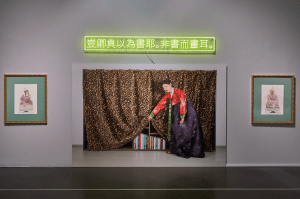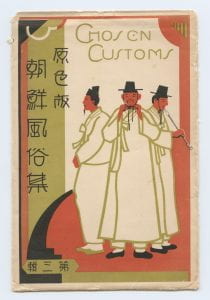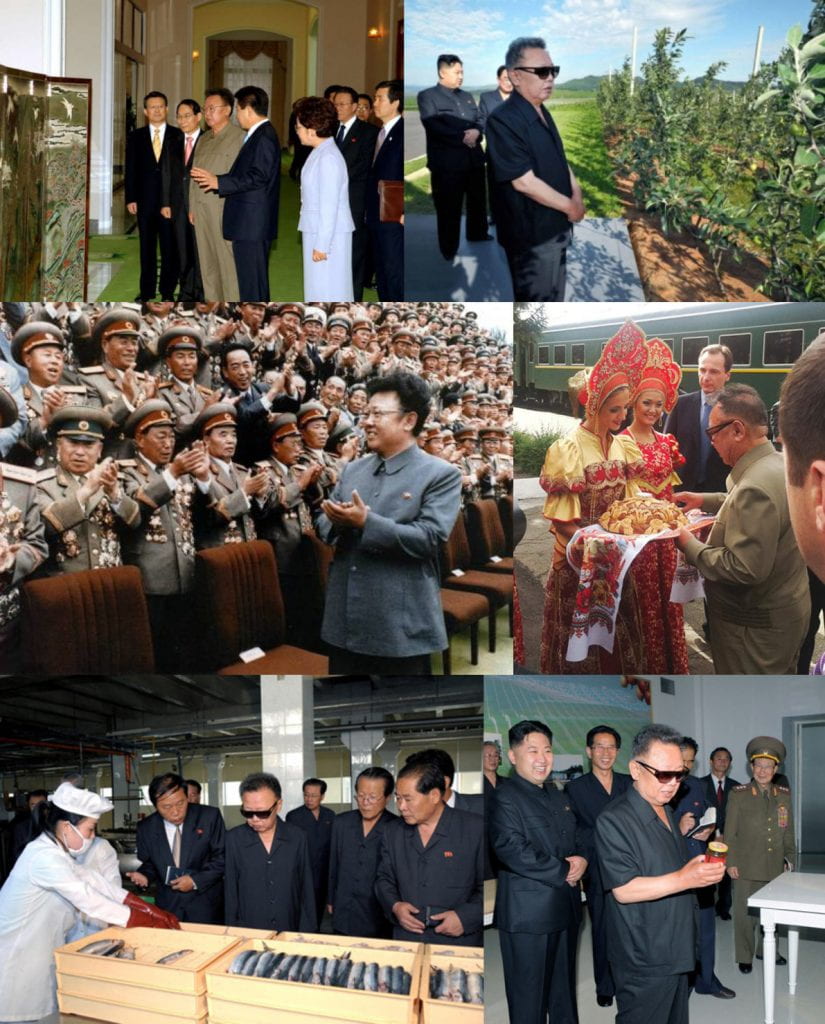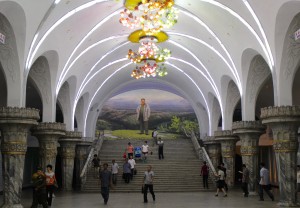Please join us on Tuesday, February 27, for the next and last VMPEA workshop of this quarter, taking place at 4:45-6:45pm in *CWAC 156*. This workshop will be featuring:
Dr. Namiko Kunimoto
Associate Professor, Art History, The Ohio State University
Who will be presenting the paper:
“Feminism, Bourgeois Liberalism and Shimada Yoshiko’s Becoming a Statue of a Japanese ‘Comfort Woman’”
Discussant: Dr. Chelsea Foxwell
Associate Professor, Art History, UChicago
*Please note the room change for this workshop.* For participants who would like to join us on Zoom, please register via this link. The abstract and bios for this event can be found below.
Hope to see many of you in the room before the quarter ends!
 Image: Shimada Yoshiko, Becoming a Statue of a Japanese ‘Comfort Woman’ & The Tomorrow Girls Troop, Against Forgetting. Photograph by Qianwen Jiang.
Image: Shimada Yoshiko, Becoming a Statue of a Japanese ‘Comfort Woman’ & The Tomorrow Girls Troop, Against Forgetting. Photograph by Qianwen Jiang.
Abstract
This paper examines work by Shimada Yoshiko, the Tomorrow Girls Troop, as well as Korean artists Kim Seo-kyung and Kim Eun-sung, whose work likewise addresses inter-Asian colonialism and has drawn vociferous responses from various segments of the public. Specifically, I argue that Shimada’s performance work, Becoming a Statue of a Japanese ‘Comfort Woman,’ is not about revisiting a singular moment in time, but instead seeks to reveal how economic violence and social violence are ripple effects that share the same origin: specifically, a form of bourgeois liberalism that upholds patriarchy, attempts to maintain an image of societal unity, and disavows responsibility for the past.
Bios
Dr. Namiko Kunimoto is a specialist in modern and contemporary Japanese art, with research interests in diasporic art, gender, race, urbanization, photography, visual culture, performance art, transnationalism, and nation formation. She is the Director of the Center for Ethnic Studies at Ohio State University and Associate Professor in the Department of History of Art.
Her essays include “Olympic Labor and Displacement: Babel and Its Towers” in Review of Japanese Art and Culture, (2023), “Art in Transwar Japan” ThirdText (2022), Situating “Becoming a Statue of a Japanese ‘Comfort Woman:’ Shimada Yoshiko, Bourgeois Liberalism and the Afterlives of Japanese Imperialism” Verge: Studies in Global Asia, (2022) “Tsujimura Kazuko and the Body Object” in Asia Pacific Japan Focus (2021), and “Tactics and Strategies: Chen Qiulin and the Production of Space” in Art Journal (2019). Dr. Kunimoto’s awards include a Social Sciences and Humanities Research Council of Canada Fellowship, Japan Foundation Fellowships (2007 and 2016), Ishibashi Foundation Fellowship (2021), a College Art Association Millard/Meiss Author Award (2017), and the Ratner Distinguished Teaching Award (2019). Her book, The Stakes of Exposure: Anxious Bodies in Postwar Japanese Art, was published in February 2017 by the University of Minnesota Press and she is currently working on her next book, Urgent Animations: Afterlives of Japanese Imperialism in Transpacific Contemporary Art.
Dr. Chelsea Foxwell’s scholarship ranges from the medieval through modern periods of Japanese art with special emphasis on the 19th and 20th centuries. She is the author of Making Modern Japanese-Style Painting: Kano Hōgai and the Search for Images (2015). In 2012 she co-curated the exhibition Awash in Color: French and Japanese Prints with Anne Leonard at the Smart Museum of Art.
Her work focuses on Japan’s artistic interactions with the rest of East Asia and beyond, nihonga and yōga (Japanese oil painting); “export art” and the world’s fairs; practices of image circulation, exhibition, and display; and the relationship between image-making and the kabuki theater.
A member of the Committee on Japanese Studies and the Center for the Art of East Asia, she is a contributor to the Digital Scrolling Paintings and the Reading Kuzushiji projects.







